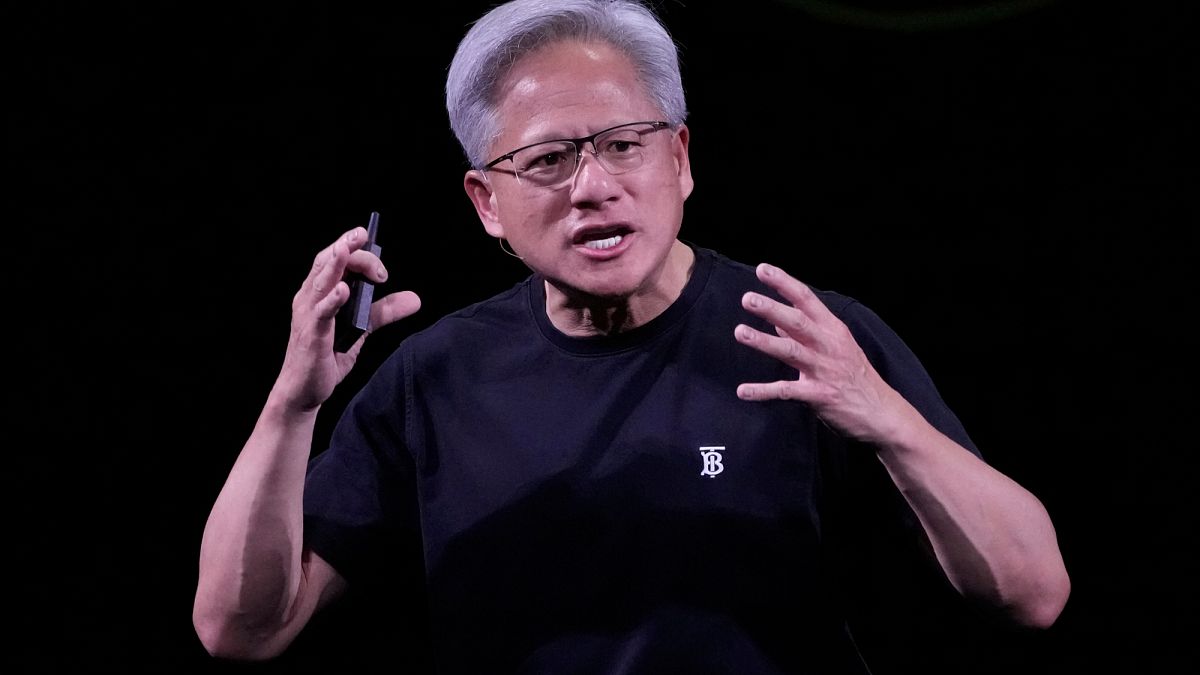

The global landscape is continually evolving, marked by significant steps in technology, innovation, and security. Recent updates from various corners of the world illustrate remarkable developments that balance progress and precaution, showcasing how governments and companies are navigating intricate challenges to foster growth, safety, and preparedness.
In a notable shift, Nvidia has been granted approval by the U.S. government to resume the sale of its H20 chips to China. This decision reverses a previous ban enacted in April, representing a key policy adjustment. The move could be seen as an effort to amend trade relationships while offering advanced technological tools to one of the world’s largest markets. Nvidia’s H20 chips are sought after for their robust performance, which has significant implications for artificial intelligence and high-performance computing industries. By reinitiating sales to China, Nvidia can continue to tap into a substantial market, potentially leading to enhanced collaborative technological advancements and economic benefits.
Shifting focus to Europe, Italy has embarked on a pioneering journey by installing its first Earthquake Early Warning System on the Rome–Naples railway line. The system employs advanced sensors capable of detecting seismic activity, automatically halting trains to ensure passenger safety. This proactive measure underscores the importance of integrating technology for disaster preparedness and risk management in critical infrastructure. It reflects a broader commitment to leveraging technological advances to enhance safety and resilience, a critical priority in a region susceptible to earthquakes.
As technology evolves, so do its potential risks, prompting experts to consider the implications of artificial intelligence in security contexts. In the United Kingdom, Jonathan Hall, an advisor on terrorism legislation, has emphasized the potential for AI to be misused by terrorist organizations. Hall’s warnings highlight a growing recognition that legislation must keep pace with technological advancements to mitigate emerging threats. The UK government’s proactive stance in addressing these concerns could serve as a model for other nations grappling with similar challenges. Anticipating and preparing for these threats is crucial in building a robust framework to handle the convergence of technology and security.
Meanwhile, in the realm of economic policy and innovation, Rachel Reeves, addressing an audience of City bosses at the Mansion House dinner, advocated for easing regulatory constraints. Reeves emphasized the role of regulations as a “boot on the neck” of innovation, suggesting that the potential for economic growth could be significantly enhanced through reform. This approach signals a desire to foster an environment where innovation thrives, unshackled by excessive red tape. By encouraging more risk-taking, the UK aims to invigorate its economic landscape, fostering a climate ripe for innovation and growth.
Collectively, these developments exemplify the global balancing act between progress and precaution. They illustrate how technology can be both a powerful enabler and a potential risk, necessitating careful regulation and proactive measures. Through policy adjustments, technological innovations, and legislative vigilance, countries are striving to harness technology’s benefits while safeguarding against its risks. As these narratives unfold, they paint a picture of a world committed to advancing human capabilities and resilience in the face of dynamic global challenges.
Source: {link}
